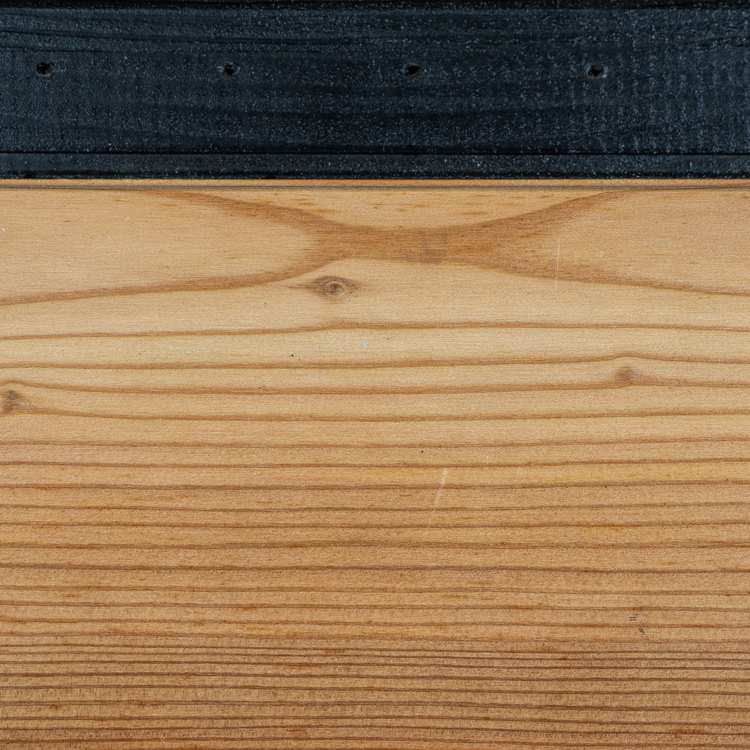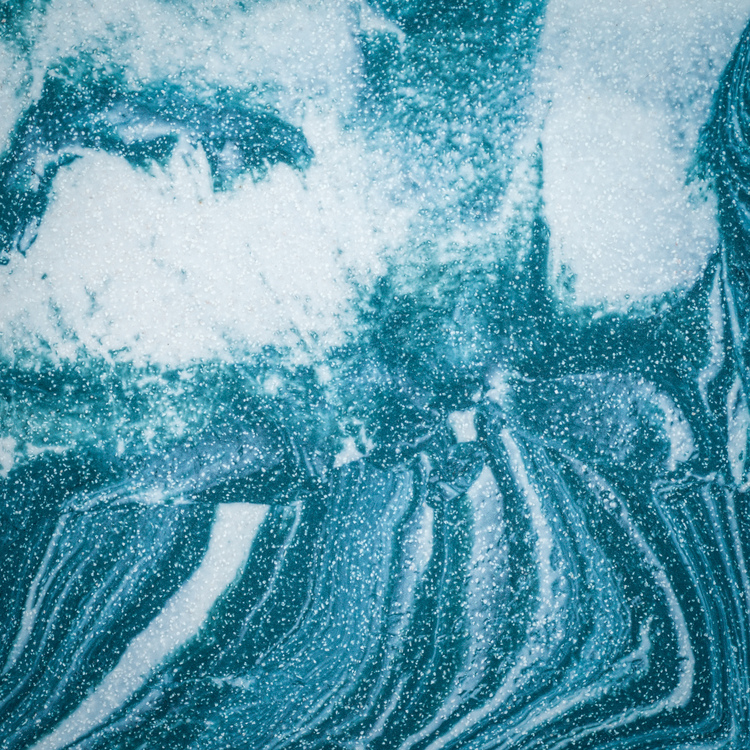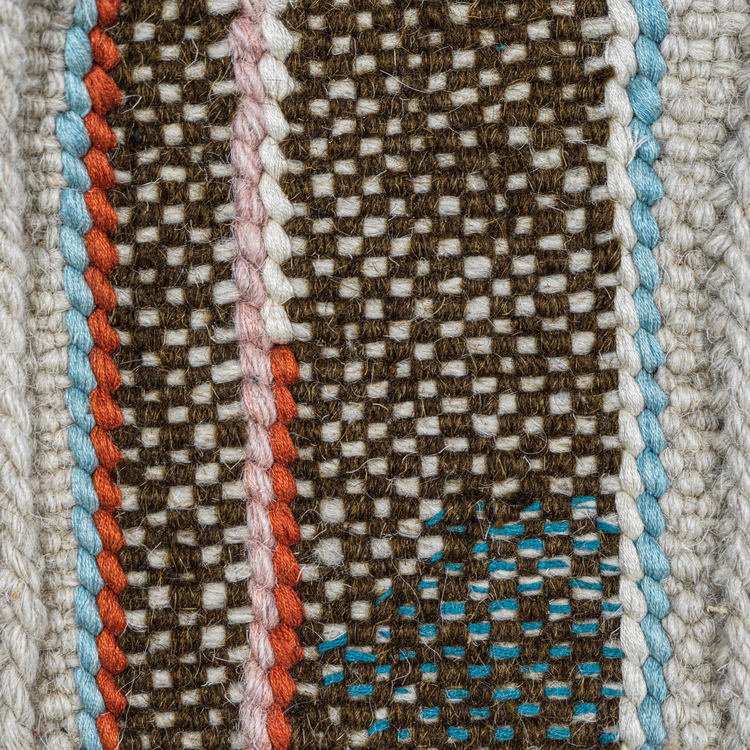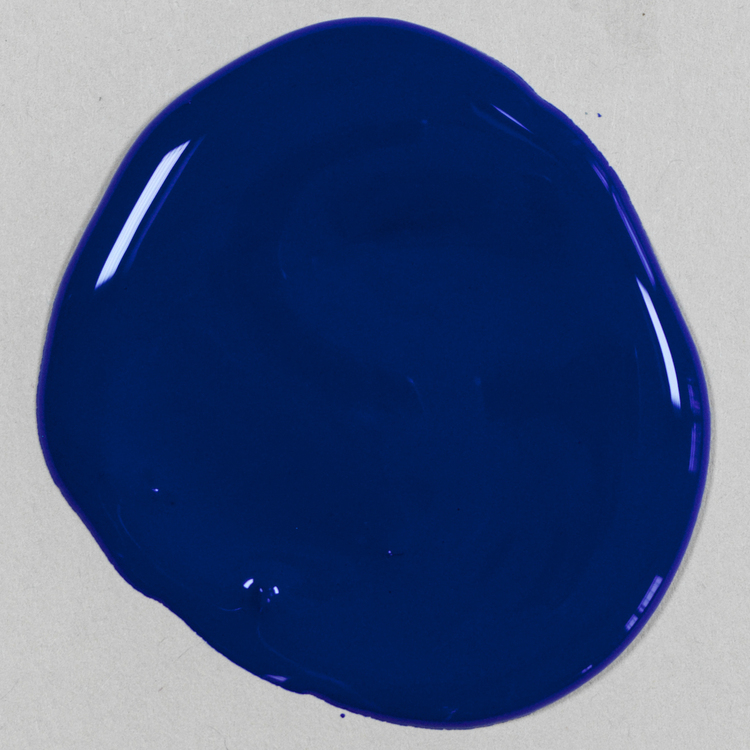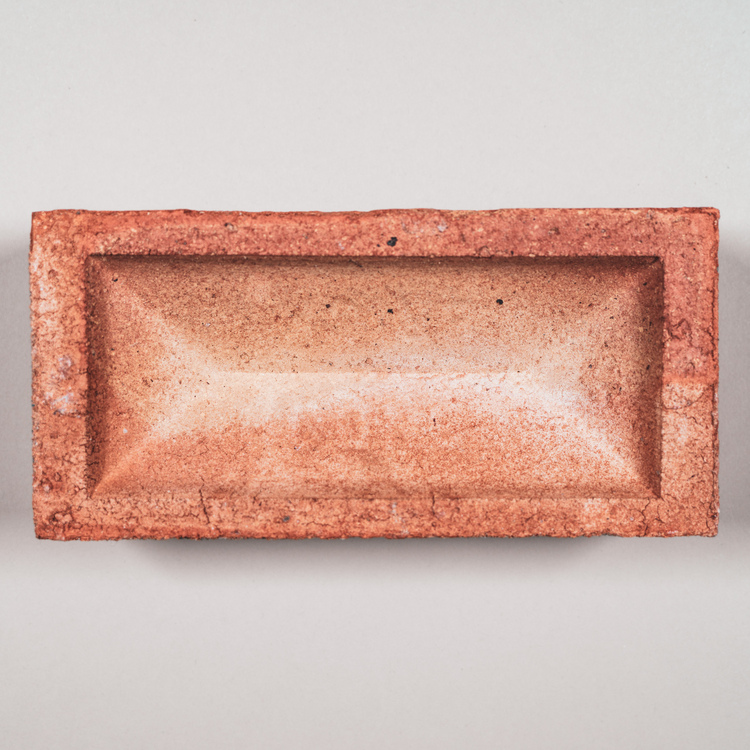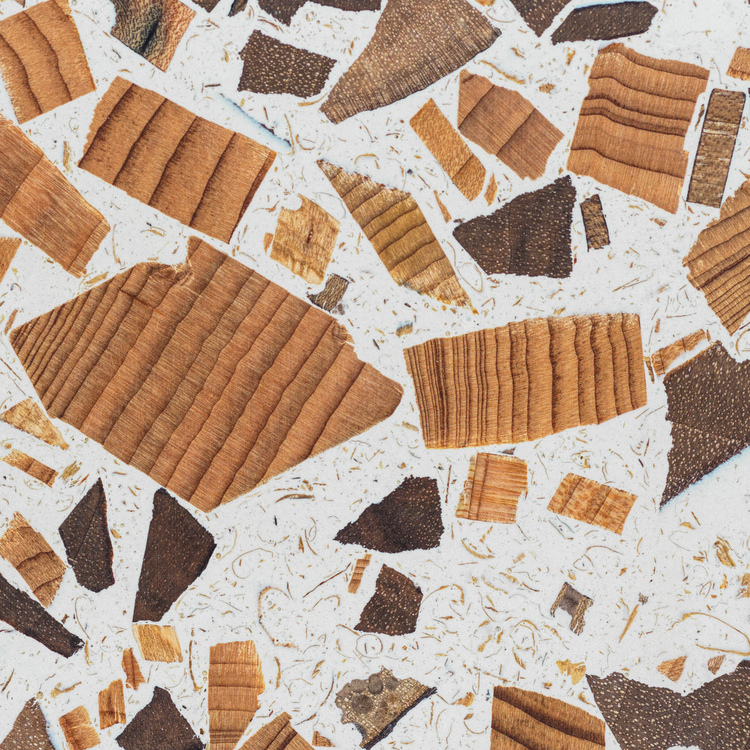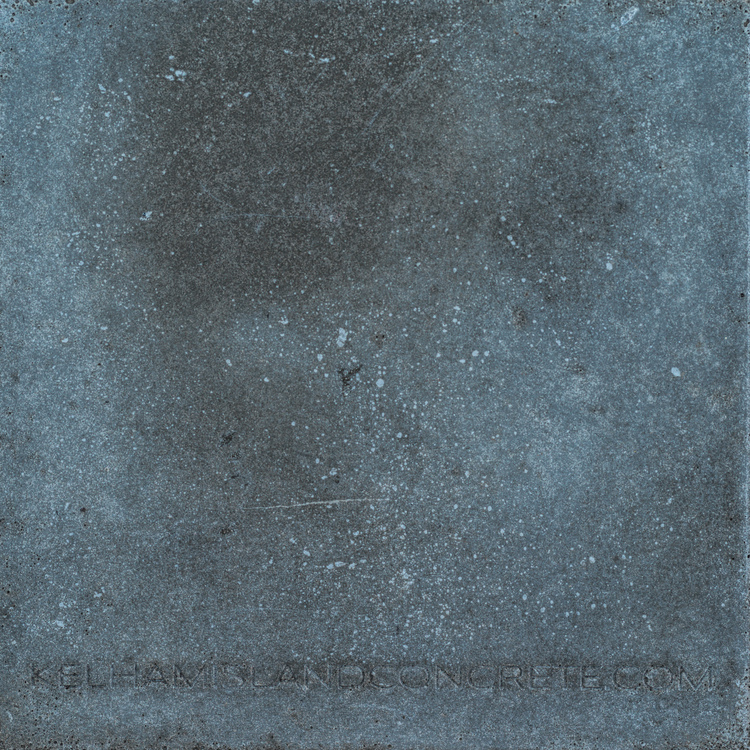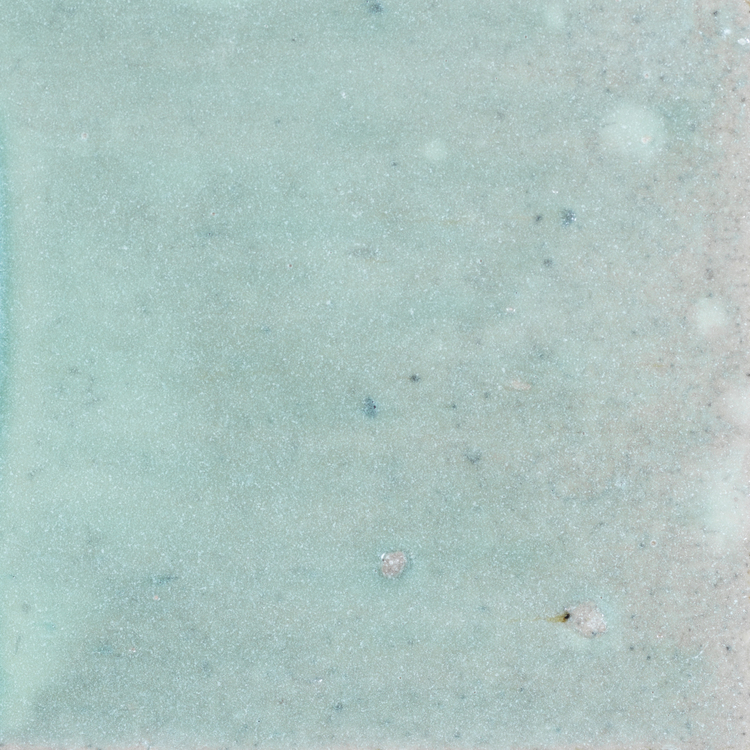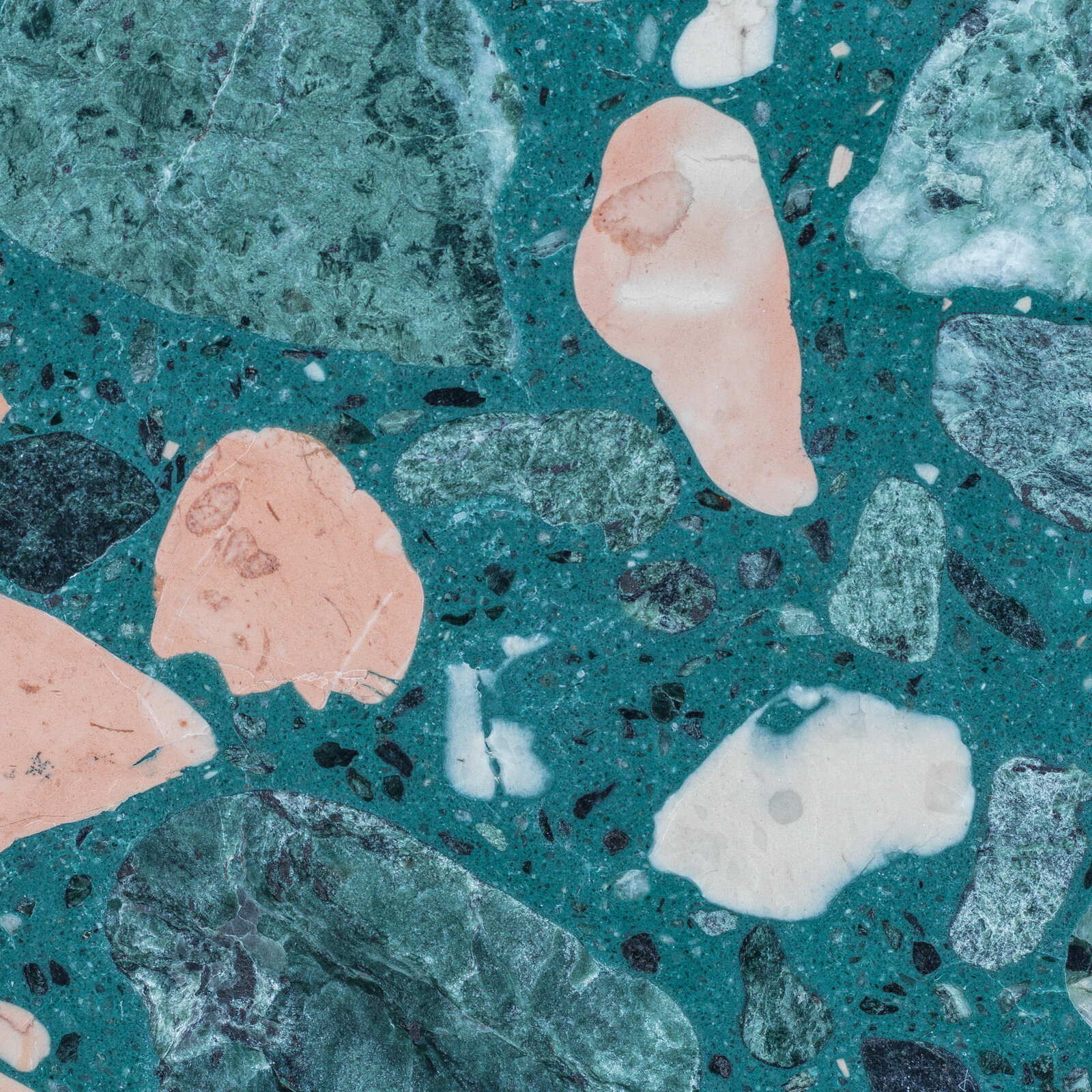
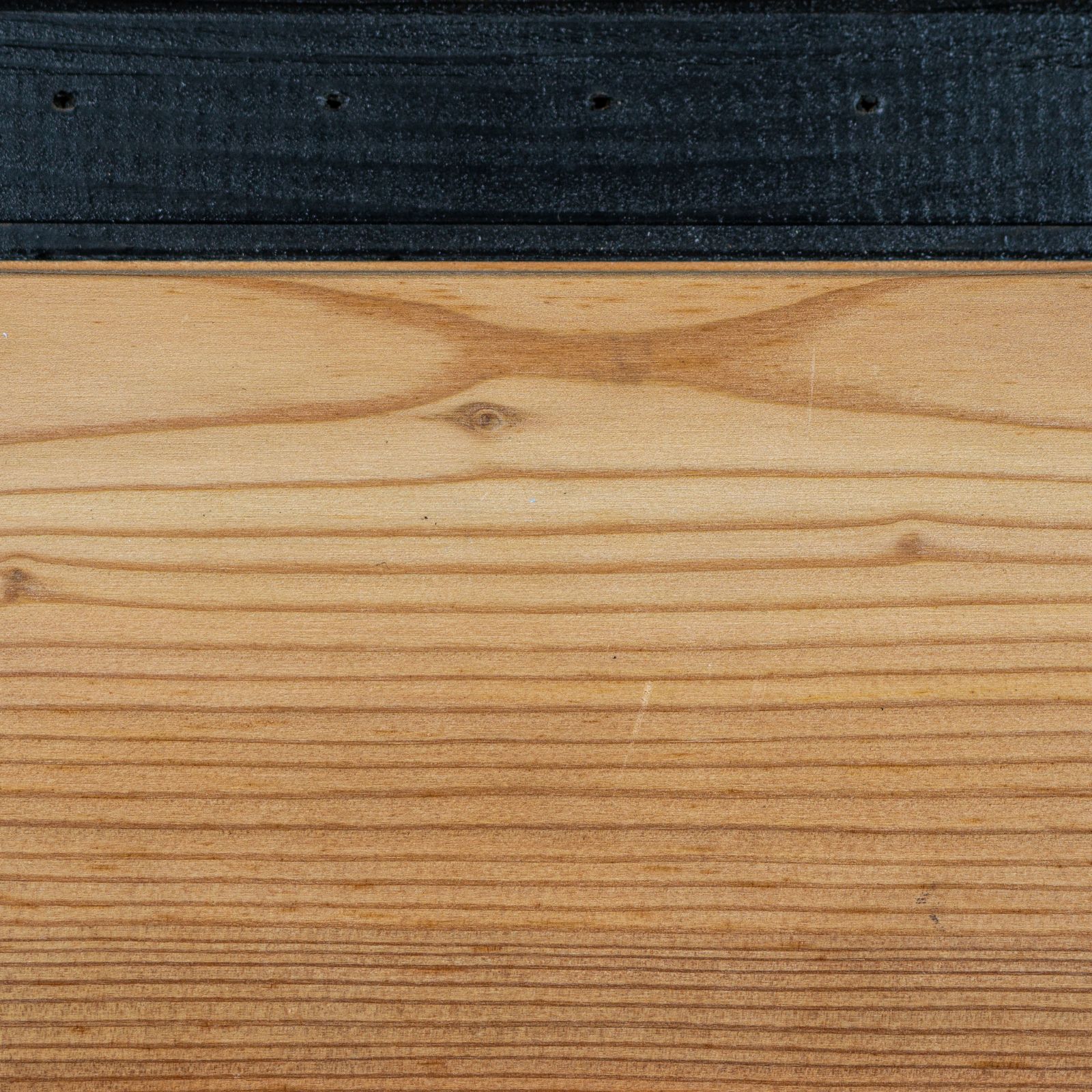
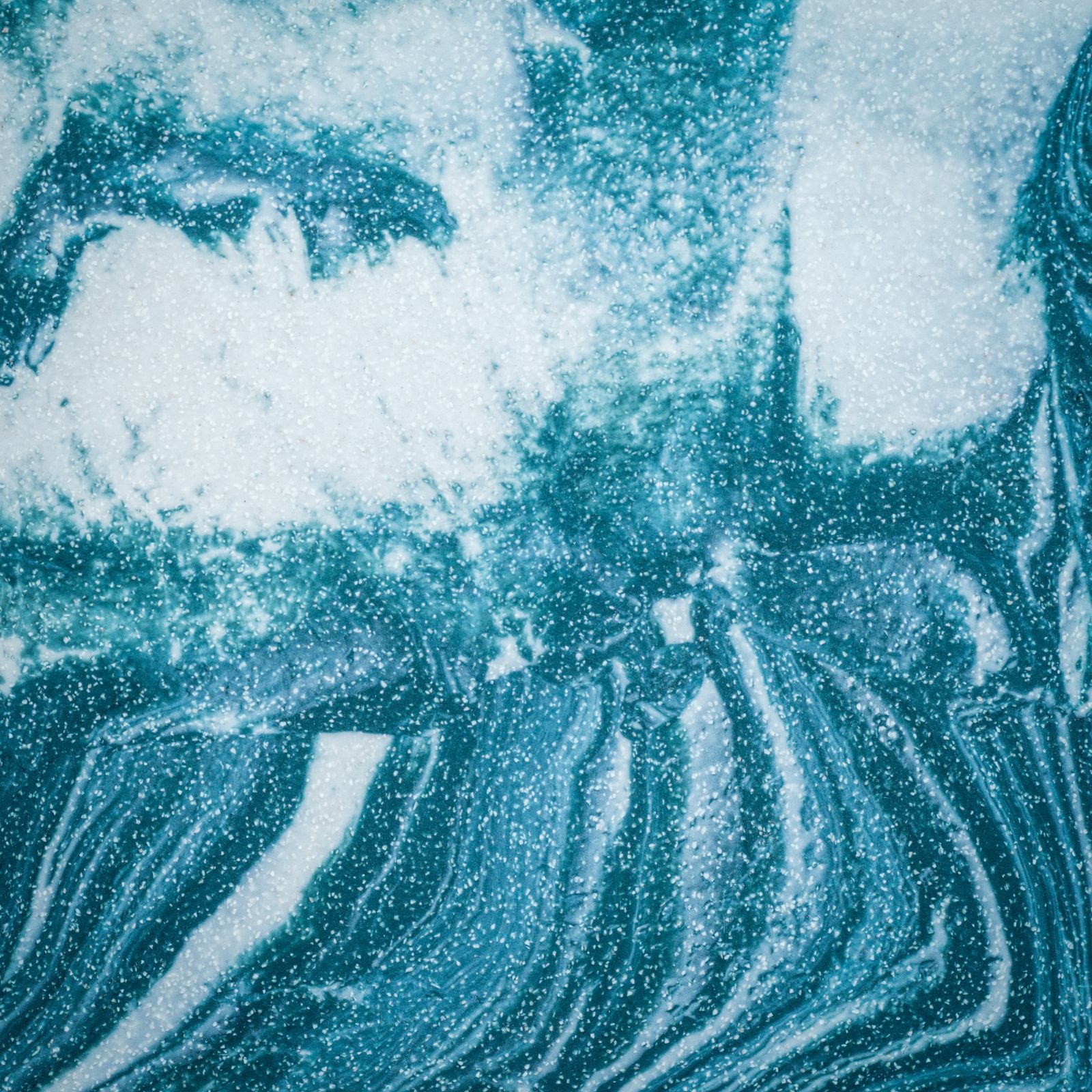
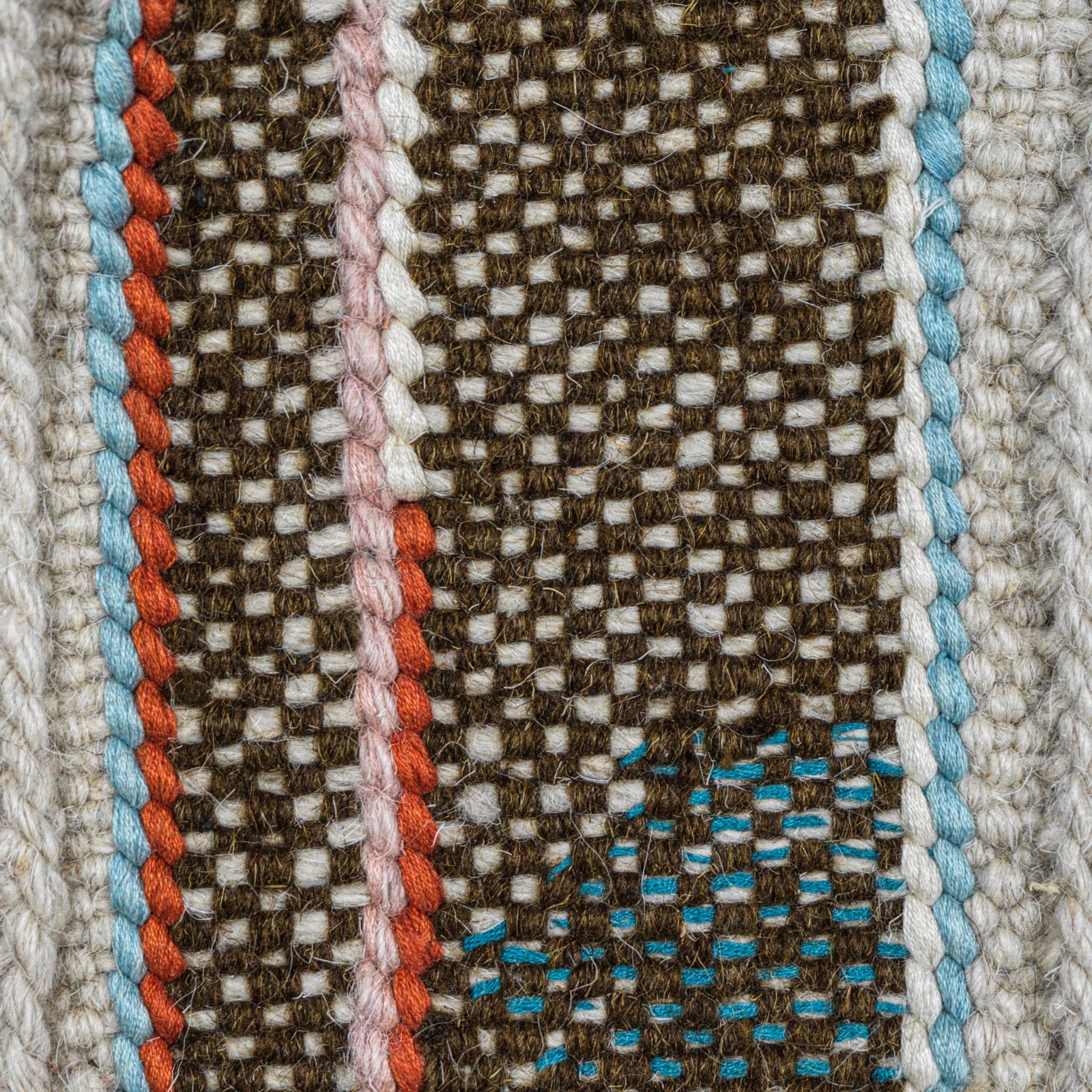
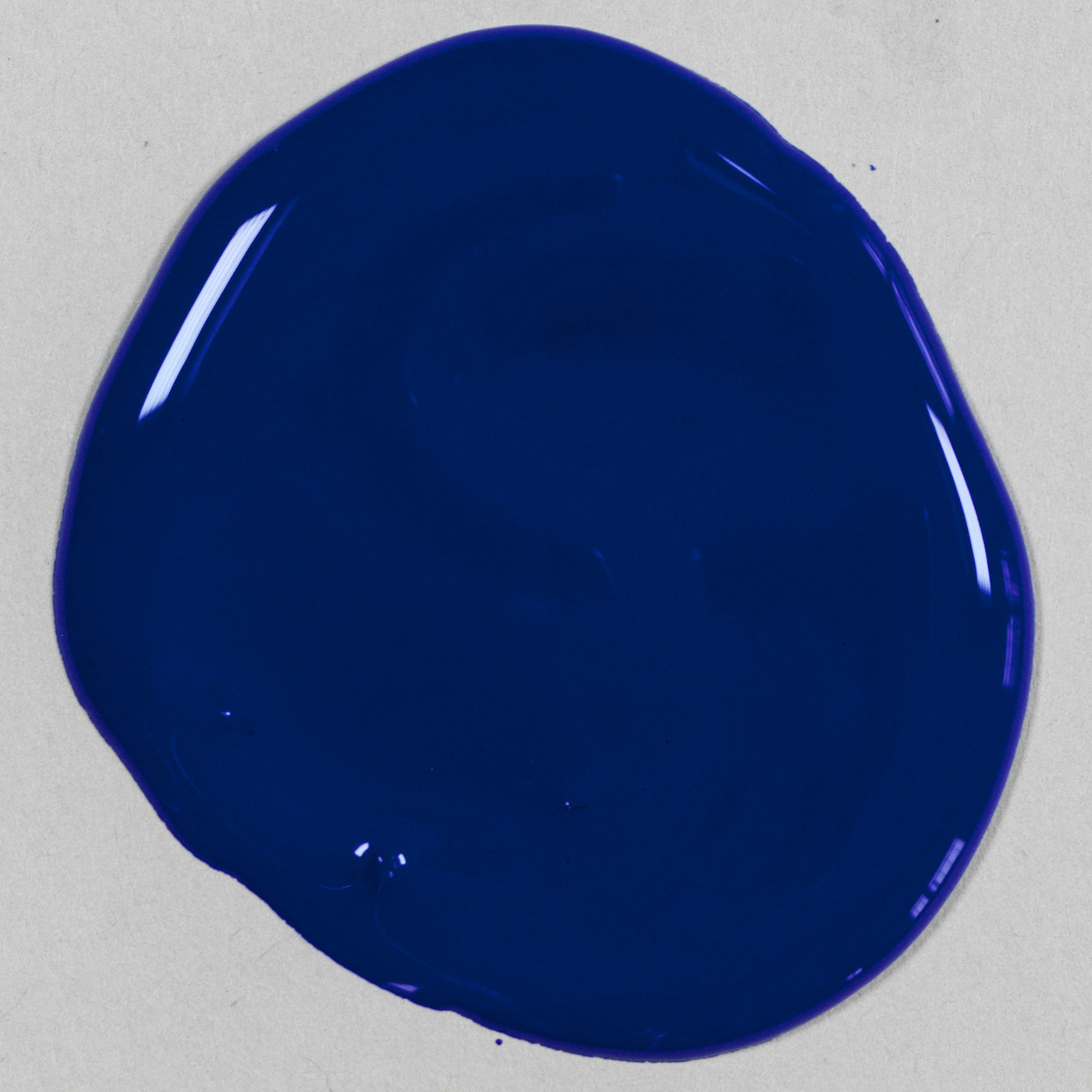
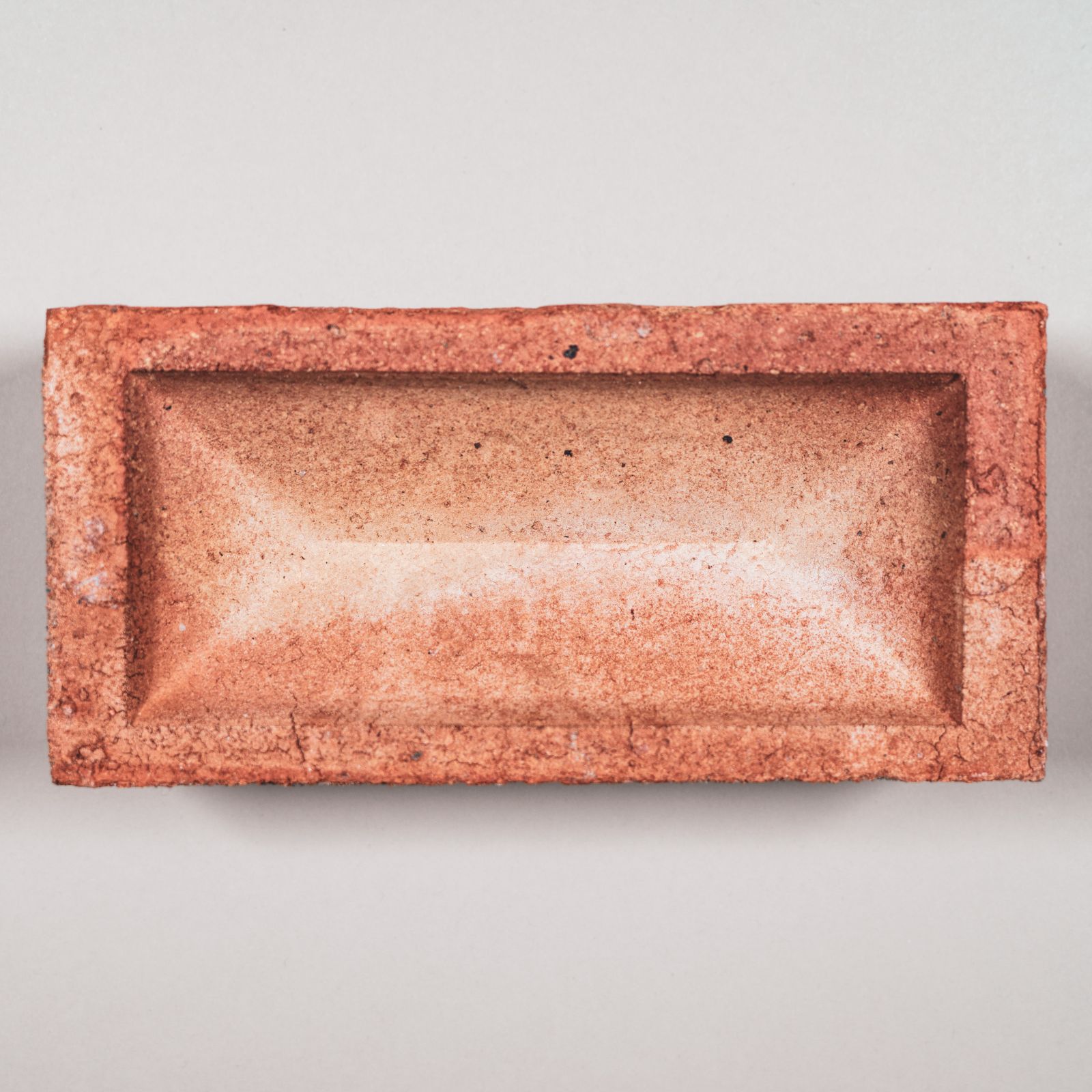
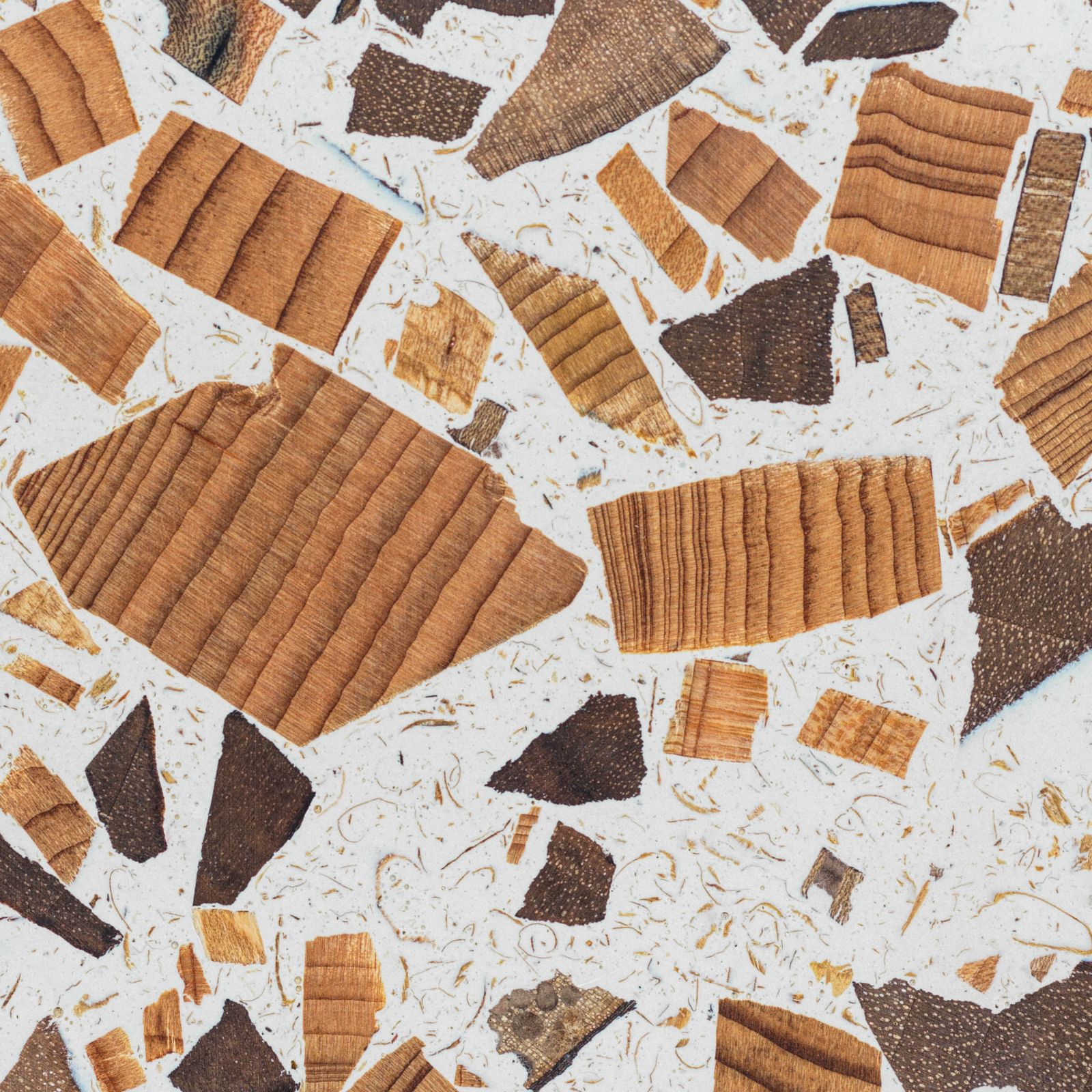
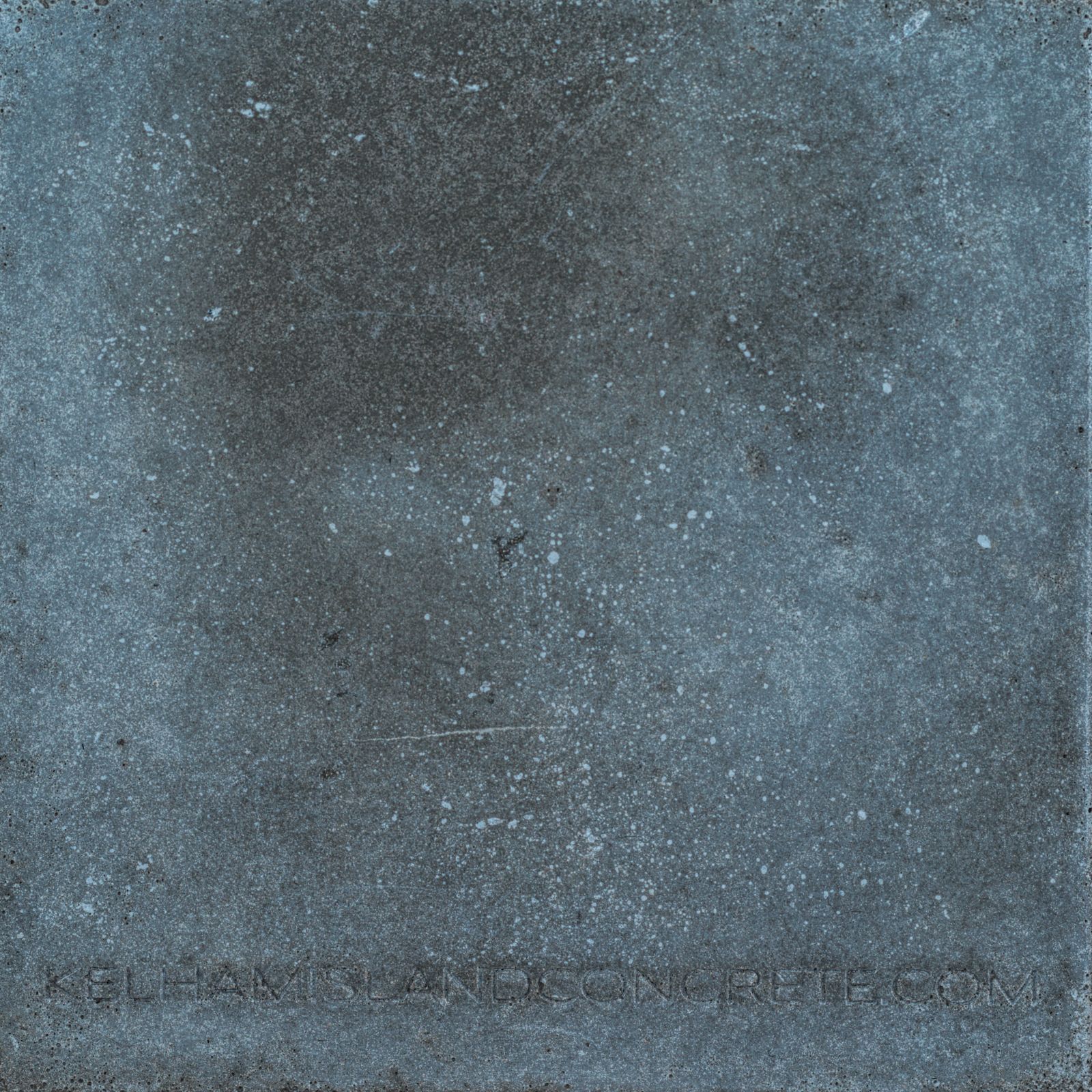
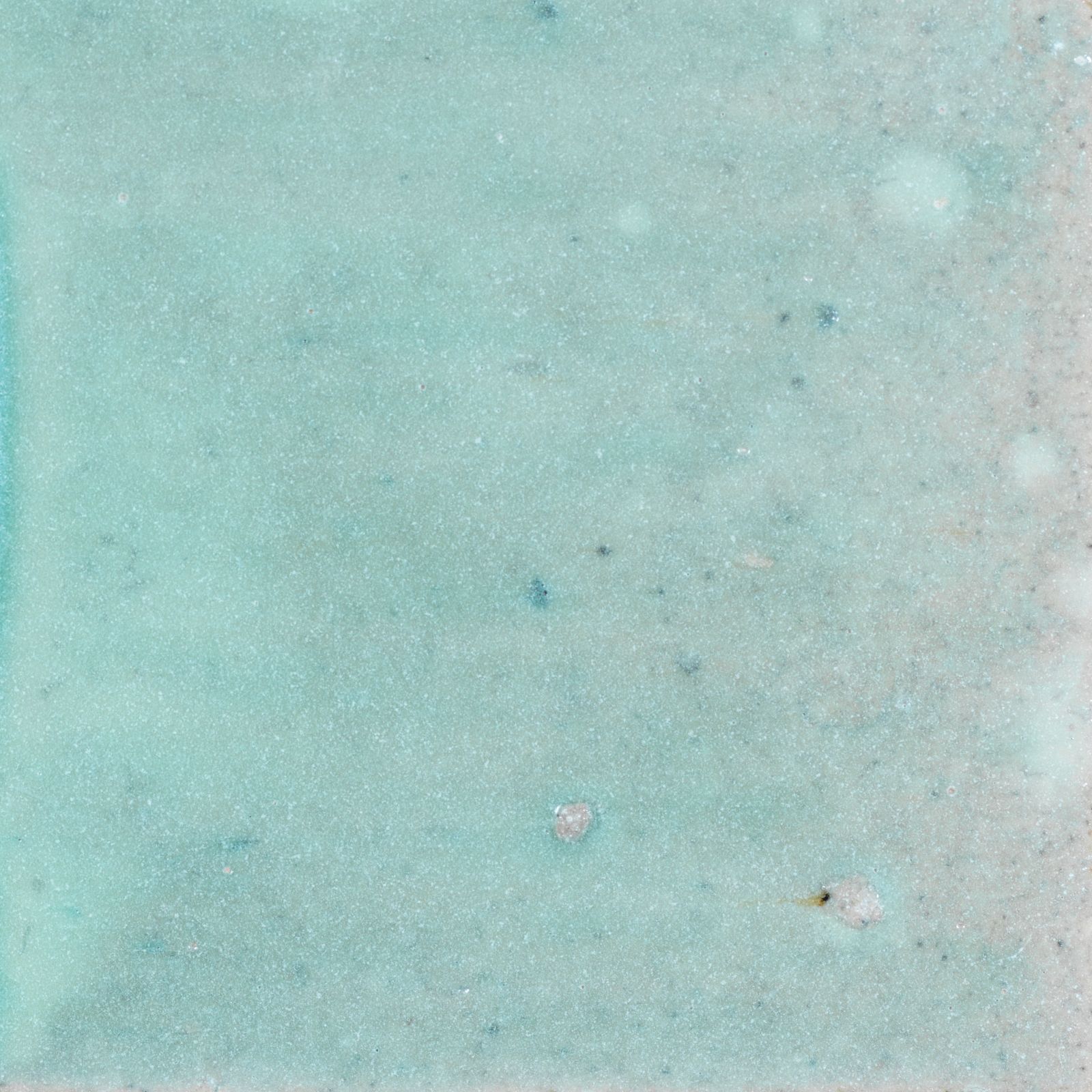
Design studio materials library
An insight into the incredible world of material sampling. What to specify and what to avoid - all part of our unique approach to interior design and fabrication that balances client and project requirements with environmental consciousness.
”If libraries are paradise for readers, materials libraries are paradise for designers.” - Unai Etxebarria, Director of Material ConneXion Bilbao
At 93ft, we’re a team of designers. Whether working across digital or physical spaces, we keep intentional, authentic design at the heart of everything we do. We’re also passionate about minimising our impact on an already overstuffed world of things - if we can salvage, reclaim, reuse or repurpose, we do.
This not only ensures we’re able to keep to our promise of making quality pieces that are pleasingly catalogue free, it also means we’re actively reducing the demand for virgin resources while extending the lifespan of materials otherwise destined for landfill.
Being a team of materials magpies means we need to be super organised - it’s no good having the perfect piece of reclaimed mosaic tile if no-one can find it. We took inspiration from materials libraries the world over, including Material Source in Manchester which promises to allow visitors “to fully immerse themselves in ‘beautifully useful’ products and materials” to create the 93ft Materials Library, an inventory of all the materials we have to work with, from fabric and paint to stone and timber.
Everything comes from somewhere - How to make this fit your strategy
The past few years have seen huge changes around the world, and with a pandemic and climate change to contend with, global supply chains are being affected.
Droughts make timber harder to grow, which increases prices. The beginning of the pandemic in 2020 saw shortages of steel, roof tiles, cement, paints and sealants, and plaster and plasterboard in the UK.
We’re also becoming increasingly aware of the extractive nature of some building and manufacturing, where virgin resources such as oil or metals are mined to make items which may not last longer than a couple of years. Once that item is no longer functional, is broken or looking tatty, it has to be disposed of. As we know, there is no “away” - everything has to go somewhere.
This doesn’t mean that we can’t build and make - we just need to consider how to go about it in a different way. Sometimes the right approach will be to use the newest technology to create the most sustainable option, and at other times this means going right back to basics with artisanal skills our great grandparents would have recognised.
The first step is to ask questions.
Can this be reclaimed, salvaged or reused? Is there a way to bring this material back into the supply chain instead of sending it as waste? Where new materials must be used, how can we ensure that they are well made and looked after so that they last for years to come? Can we find this locally, or made by a company with sustainable and ethical working practices?
When we take the time to question our actions we can ensure that sustainability is at the heart of all we do.
Wood
Timber has been used as a building material for thousands of years, across the world and in every culture. Wood offers strength, flexibility, beauty and a wonderfully unique sense of character - every tree is an individual with its own distinct grain, colour, and even scent.
Properly cared for, timber is incredibly long lasting and, when grown and harvested responsibly, is an excellent carbon store, locking up the carbon it drew down as it grew and storing it for as long as it’s kept from decomposing.
Timber ages and weathers, changing its look and feel as time passes. This is something we can work into our long term plan for the look of a building, as cladding mellows from the bright, fresh colour of new wood, to a beautiful silvery grey that blends into its surroundings and makes it seem as though the building has been there forever.
In The 93ft Materials Library we currently have some great examples of timber including: pine, a semi-durable softwood; FSC British walnut, a hard, heavy and resilient timber; mahogany, a classically beautiful and durable hardwood; FSC birch plywood, a sustainably managed crop resulting in a product with exceptional strength; and dragon larch burnt timber, a preservation method from Japan resulting in beautifully charred timber which lasts for up to 120 years without retreating.
Tile
Since the time of the Ancient Egyptians, around 4000 BCE, tile has been used in buildings across the world. Assyrians, Babylonians, Romans and Greeks all favoured glazed tiles, using them to create beautifully decorated floors, walls and exterior surfaces, as well as stunning mosaics, many of which have survived to the modern day.
The use of tiles spread to Europe in the Middle Ages, beginning in Spain before becoming popular across the rest of the continent.
Encaustic tiles - made of various colours of clay, shaped and baked together to form patterns that go right through the thickness of the tile, making the design durable - were particularly popular, as well as tiles painted with scenes from the Bible that illiterate people could “read.”
Tiles remained popular into the 1600s and beyond. In the 17th and 18th centuries, Holland became an important centre for decorative tiles with their Delftware tiles, famous for their cobalt blue and tin-glazed white designs. Delft tiles were popular around the world and continue to be made in the town of Delft.
Our Materials Library consists of an assorted range of tiles including Terrazzo, marble chips encased in cement; superfine Heradesign wood wool acoustic tiles for ceilings; cork tiles for walls and flooring; handmade encaustic tiles from Liverpool; and upcycled solid wall tiles made from wool.
Fabric
The first fabrics that humans created were made from flax - a plant with long fibres which can be woven into cloth - and wool from the fleece of sheep. Fabrics could be dyed using pants, berries and pigments found in clay.
As civilisations developed, fabrics became more sophisticated, and cotton, hemp and silk came into use, with advanced dying, weaving and sewing techniques resulting in elaborate clothing.
In the early 1900s, the invention of synthetic fabrics included nylon, PTFE, polyester, Spandex, and Kevlar - fabrics created using fossil fuels, whose popularity grew until they were more commonly available than natural fabrics, a trend which continues to this day.
The textiles industry is one of the world’s worst polluters, being responsible for around 20% of clean water pollution. Microplastics from synthetic fabrics can ultimately end up in the food chain, and even natural fabrics such as cotton aren’t off the environmental hook, with a single cotton t-shirt using as much water to grow as a person can drink in 2.5 years. Dyes and other chemicals from the manufacturing process can make their way into rivers, poisoning water supplies for local communities.
A circular economy - one in which waste is reused, recycled and repurposed, rather than thrown “away” - is one way to mitigate some of the harmful effects of the textiles industry and at 93ft we repurpose, salvage and upcycle whatever and wherever we can.
The 93ft Materials Library currently consists of numerous fantastic examples of upcycled furniture upholstery, as well as linen/cotton curtain fabric from the Edinburgh Weavers.
Paint
Humans have made use of paint to decorate their walls of living spaces for over 40,000 years. The earliest paints were made from red and yellow ochre, hematite, manganese oxide and charcoal, and daubed onto cave walls to depict scenes of hunting and everyday life.
Painting a room is one of the simplest ways to make an impact, changing the mood and atmosphere instantly. Modern paints are often made containing VOCs - volatile organic compounds - which are released into the atmosphere and can be harmful to health, as well as the environment.
We use paints with low VOCs to ensure that air pollution inside the buildings we design and fit is kept to a minimum, creating spaces which are nurturing, inspiring and above all else, safe. Our Materials Library includes several examples of low VOC paint from YesColours, an ethical paint brand committed to sustainability.
Upcycled
Derbyshire Net Zero Accelerator, running between March and June 2022, is an initiative from the University of Derbyshire to assist companies in reaching their goal of net zero emissions. Our move towards a circular economy is one which supports our ultimate goal of reaching net zero - whereby we do not emit more greenhouse gases than we save or store - and, as a company committed to quality and authenticity in all our design, we’re already ahead of the curve in this area.
We’ve enjoyed a close relationship with the reclamation and salvaging trade since our inception, taking materials from old factories, schools and other buildings and breathing new life into them in the 93ft workshop.
Our Materials Library features upcycled and reclaimed materials from tiles and flooring to fabrics and concrete - wherever we can use a material which already exists, we will choose to do so.
Considerations
Tiles are robust and durable floor and wall coverings that last the lifetime of a building. Typically made from raw clay minerals which have been ground, mixed and processed, then glazed and fired, tiles are an energy intensive material which produce large amounts of greenhouse gases, pollutants and wastewater.
Adhesives and grouts used to affix tiles contain VOCs - volatile organic compounds which affect air quality - and reduce the recyclability of the tiles. Tiles are often discarded before the end of their useful life due to a change in aesthetic trends or because they have been poorly applied.
Wherever possible we will choose tiles that contain recycled content, and we will always choose a style that we believe will be timeless, lasting the lifespan of the building.
Benchmarks
We minimise the use of tiles and engineered stone wherever possible, prioritising British made products with recycled content where these materials are used. Choosing flooring and paving styles which transcend trends and fashions means that they have a longevity which will last the life of the building, saving on fresh materials.
We prioritise the health and wellbeing of the workers by choosing stone cut using safe working practices - this means no dry cutting methods and where the use of respirators and other personal safety equipment is used.
By carefully considering every step of the lifespan of the materials we use, we ensure that your interior design project is authentic and ethical, with real staying power.
Exclusions
We will never source stone from unethical quarries where either the environment or the people who work there are being harmed, and we ensure that tiles are from sources that use safe manufacturing practices.
We avoid stone and stone products with a high silica content due to its toxicity when inhaled, and do not use stone which has been dry cut, ground or polished to protect the health of workers.
“The reason materials libraries exist is to put all the changes and new materials in the materials world in order, and to make them accessible” - Unai Etxebarria, Director of Material ConneXion Bilbao
Do you have an interiors project that needs a fresh perspective?
Let 93ft, our team of designers and our Materials Library be on hand to give your project the timeless, authentic and sustainable touch it needs.
Latest Ideas & Insights

93 Features – Marketing for growth, reducing your spend and increasing your impact
For the latest 93 Features event, we were joined by James and Becs from Kokopelli for a comprehensive look at funnel strength, the importance of advocacy, and turning your biggest weakness into your biggest opportunity.
Find out more

Creative Internships with 93ft Design Studio
Incubating fresh talent, supporting creative individuals and expanding the 93ft team
Find out more

93 features SEO - 5 things you can do today to boost your website’s SEO, improve brand awareness, visibility and sales.
Discover what happened when local Sheffield businesses joined 93's SEO specialist at The Mowbray for a SEO training and networking event.
Find out more

How to achieve a traditional shopfront design aesthetic
There are many methods to consider when it comes to crafting a traditional and modern heritage shopfront design aesthetic. From lighting, ironmongery, decoration and paint, discover how our design studio is bringing life back to heritage shopfronts.
Find out more
